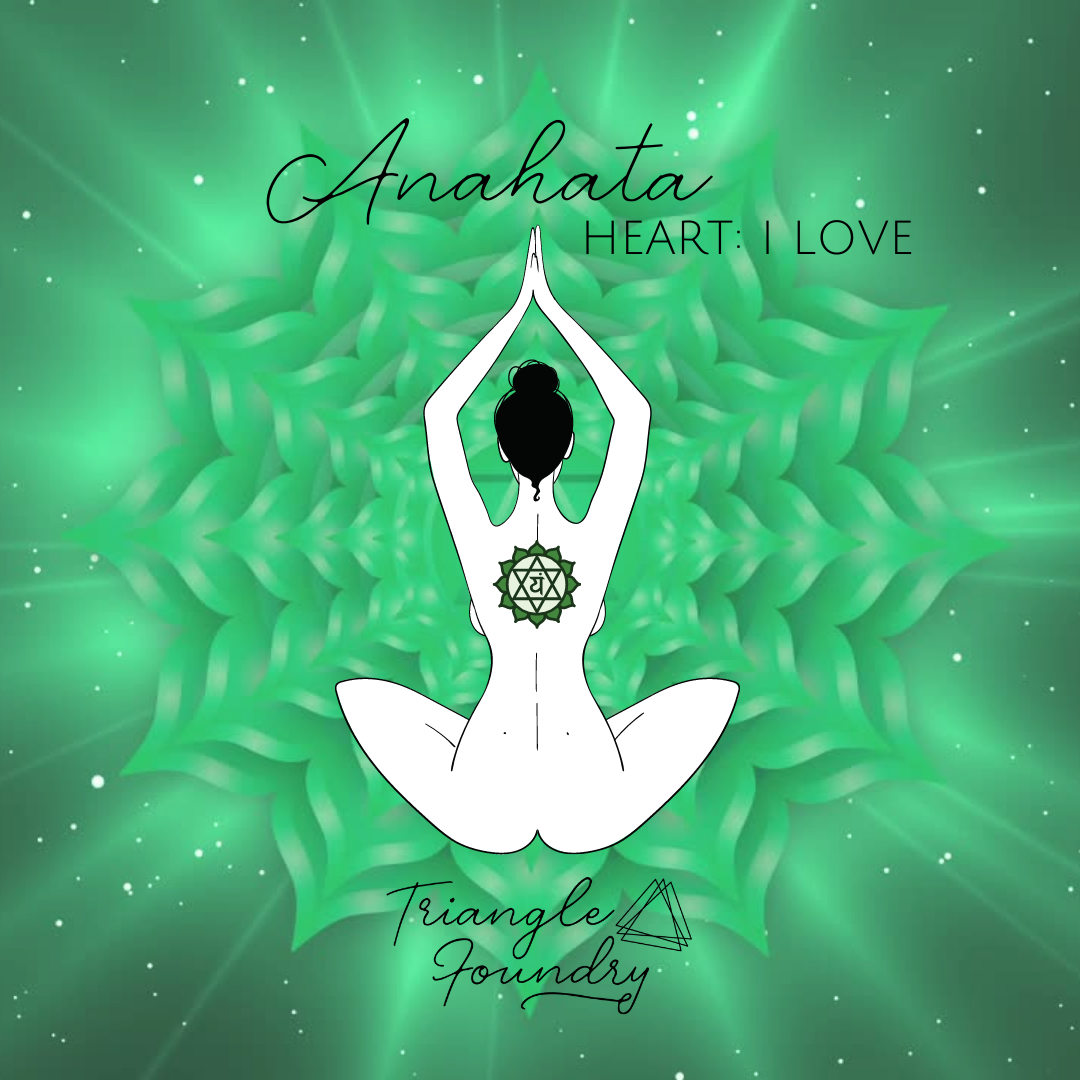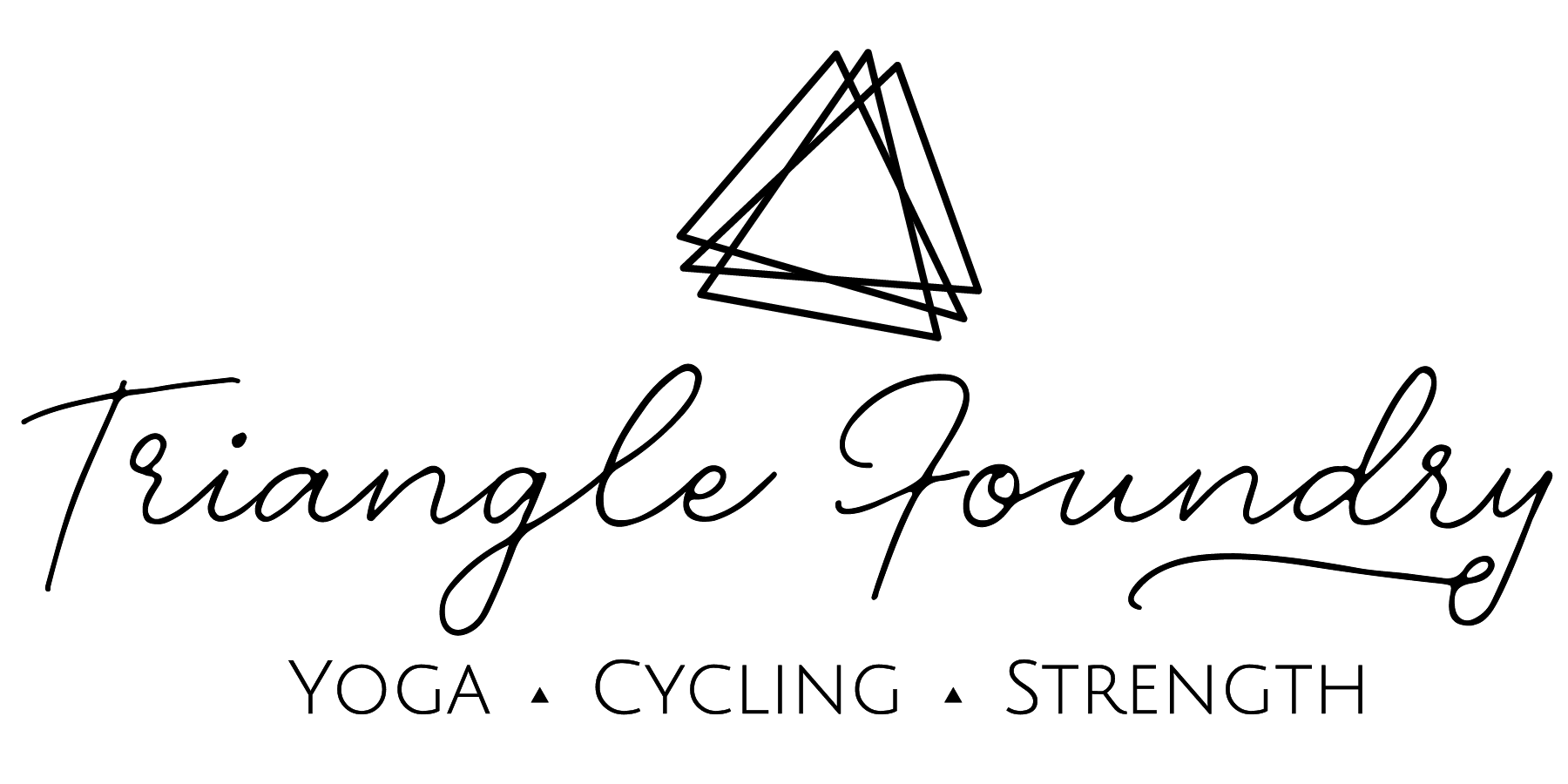The Chakras: Heart (Anahata)

Anahata (meaning “unhurt, unstruck, and unbeaten” in Sanskrit) is also known as the Heart Chakra. The Sanskrit translation refers to the Vedic concept of unstuck sound, which is the sound of the celestial realm.
This chakra is strongly linked to the air element, as both air and love are within and all around us. The integration encourages the spiritual comprehension of love, compassion, and connection to all that we encounter. The heart chakra holds direct focus on expression of feelings, opening ourselves to others, and being receptive to touch. The embodiment of this energy is achieved by keeping our heart open and our love free flowing. The heart chakra is considered to be responsible for everything that involves change and transformation.
The heart chakra is identified on the chakra spectrum by the color green. It is often associated with a clear and peaceful sound; a reflection of its serene energy.
It is positioned in the center of the chest; over the spine, and at the heart level. It functions as a bridge between the upper and lower energy centers of the body, which integrates the manifest with the spiritual.
The heart chakra is thought to energetically connect to the lungs, the heart, the circulatory system, the thymus gland, the shoulders, and the upper back. This chakra is also strongly linked to the sense of touch; therefore, it is thought to also energetically connect to the skin, and more specifically the hands.
A balanced heart chakra is linked to the following:
- true connection to ourselves
- true connection to our loved ones
- true connection to the natural world
- the ability to recognize beauty and love all around us
- self-acceptance
- compassion, empathy, and patience
- the openness to life’s experiences.
When the heart chakra is imbalanced or becomes blocked, this can hold an impact on the body in a physical, emotional, and spiritual sense. This specifically renders an emotional imbalance; a balanced heart chakra equals balanced emotions. Because the heart chakra is thought to be directly positioned over the center of the chest, imbalances in this chakra could hold the potential to impact the heart, the lungs, and the circulatory system as a whole.
Some physical indicators of an imbalanced heart chakra include:
- circulation complications
- high blood pressure
- low blood pressure
- asthma
- infections of the lungs
- breathing complications
- chronic upper back pain
- immune system deficiencies.
Some emotional and spiritual indicators of an imbalanced heart chakra include:
- a sense of being disconnected from others
- loneliness
- antisocial tendencies
- inability to be open with others
- inability to forgive others
- inability to trust others
- a sense of jealousy
- a sense of being judgemental
- codependency
- inability to set and enforce boundaries with others.
There are different options to activate and balance the heart chakra, including movement, sound, touch, meditation, and breathwork. Mantras that include the seed sound “yam” can specifically connect with the heart chakra, as this sound is linked to control over breathwork.
Some affirmations to use throughout meditation when working with the heart chakra could include:
- I am worthy of love.
- I choose to be an entity of kindness and love.
- I feel compassion for myself and for others.
- I unconditionally love myself.
- I release all resentment and forgive both myself and others.
- My heart holds unconditional love for all beings.
The connection with the physical body through yoga is another excellent option to work with the heart chakra. Some yoga shapes that may help you work with your heart chakra include:
- Cobra (Bhujangasana)
- Camel (Ustrasana)
- Bridge (Setu Bandha Sarvangasana)
- Upward Facing Dog (Urdhva Mukha Svanasana)
- Crescent Lunge (Anjaneyasana)
- Wheel Pose (Urdhva Dhanurasana).
Crystals may also be effective in the effort to balance the heart chakra. Some of the crystals that resonate most with the heart chakra include:
- rose quartz
- jade
- emerald
- green opal
- malachite
- aventurine
- rhodochrosite
- amazonite.
While the chakra system has been recognized within spiritual traditions throughout history, it is worth the note that there is no scientific evidence to support any of this information at this time.






 I got
I got



 in bio to
in bio to
